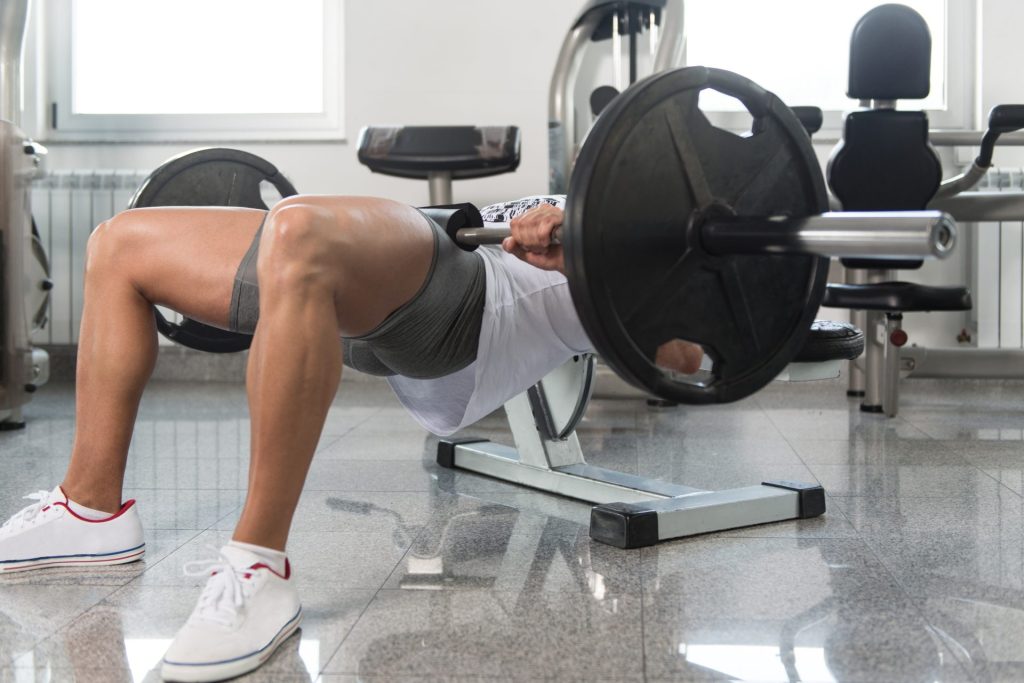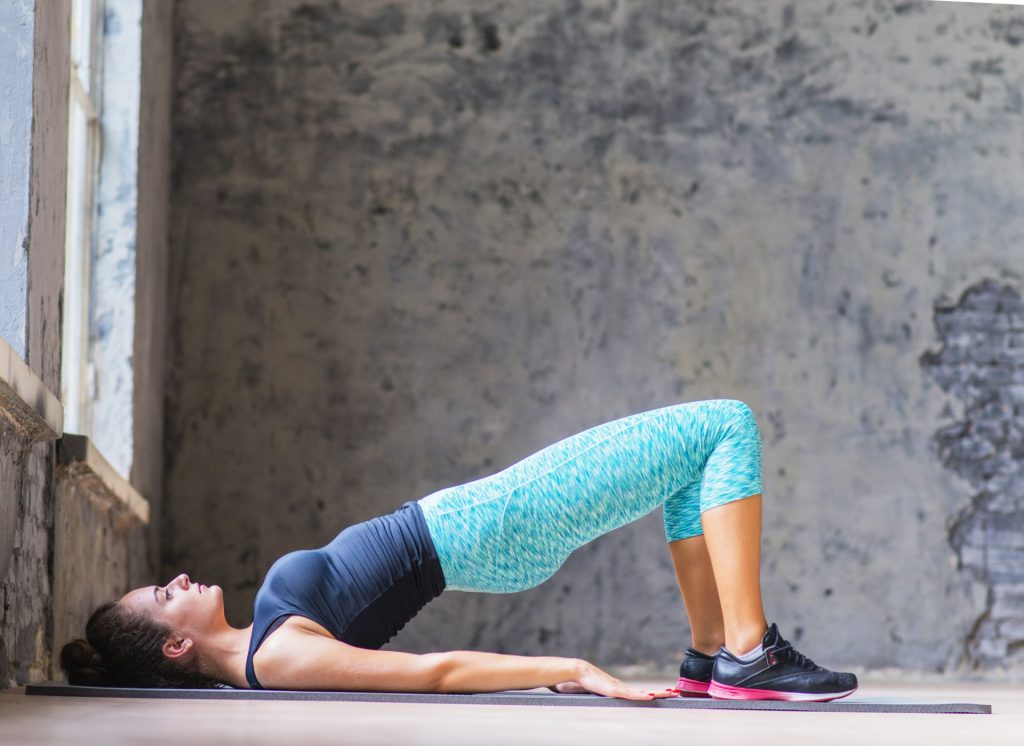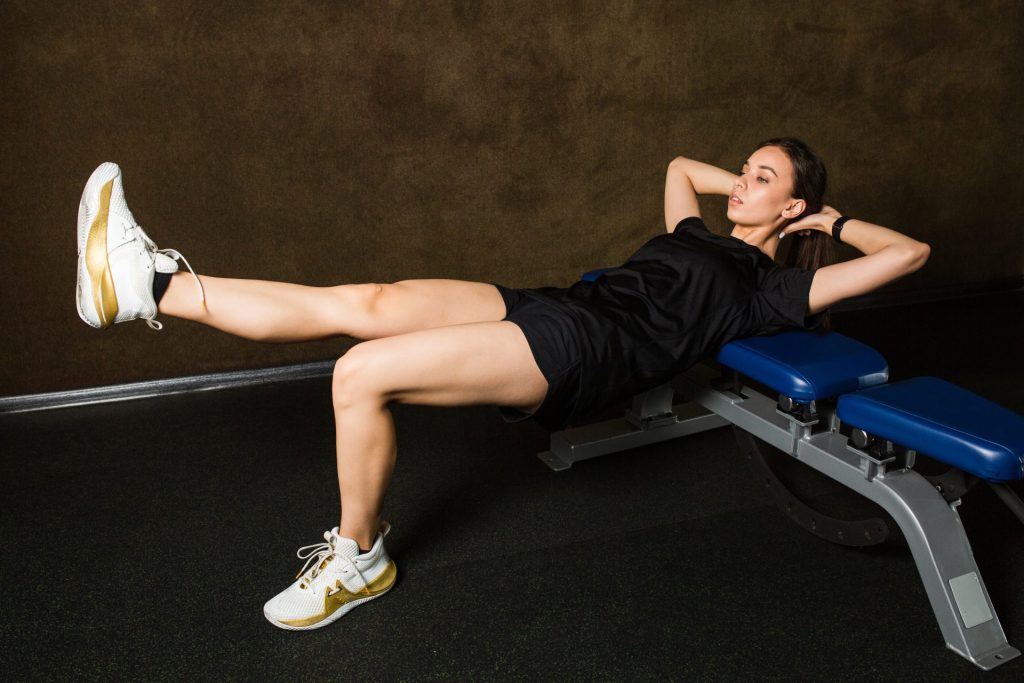Welcome to our comprehensive guide on the muscle groups targeted by one of the most effective lower body exercises in fitness: hip thrusts. Whether you’re a seasoned gym-goer or just stepping into the world of strength training, understanding the intricacies of this exercise and the muscles it engages can significantly enhance your workout routine.
So, if you’ve ever wondered what muscles truly benefit from those weighted hip thrusts, get ready for an illuminating journey through the anatomy of this remarkable movement. Are you ready to unlock the secrets behind this powerhouse exercise and what muscles do hip thrusts work? Let’s dive in!
Contents
What Glute Muscles Do Hip Thrusts Work
What Gluteus Muscles Do
- Role in Hip Extension and posture: The gluteus maximus, often called the “glutes,” plays a pivotal role in hip extension. This muscle is responsible for moving your thigh bone backward, a crucial activity for standing up, climbing stairs, and performing hip thrusts. Beyond its movement function, the gluteus maximus also contributes to maintaining proper posture, particularly in stabilizing the pelvis and preventing excessive pelvic tilt.
- Activation During Hip Thrusts: Hip thrusts are a prime mover for activating the gluteus maximus. As you lift your hips off the ground, this muscle contracts concentrically, extending your hips and working against the resistance. Scientific studies have shown that hip thrusts elicit a high gluteus maximus activation, making them a premier exercise for building strong, shapely glutes.
Hamstrings
- Importance in Hip Extension and Knee Flexion: The hamstrings, a group of muscles located at the back of your thigh, play a dual role in hip thrusts. While they contribute to hip extension, similar to the gluteus maximus, they also assist in knee flexion. This means that during hip thrusts, your hamstrings help extend your hips and flex your knees, resulting in a coordinated effort that engages both muscle functions.
- Involvement in Hip Thrust Movement: While the gluteus maximus takes the spotlight in hip thrusts, the hamstrings support the movement. As your hips rise, the hamstrings assist in hip extension and knee flexion, working synergistically with the glutes to execute a controlled and effective thrust.
Secondary Muscles Engaged
While the gluteus maximus and hamstrings take center stage in hip thrusts, several secondary muscles work harmoniously to stabilize and support the movement. Here are the secondary muscles engaged during hip thrusts.
Erector Spinae
The erector spinal muscles along the spine are responsible for spinal extension and upright posture. During hip thrusts, these muscles stabilize the spine and prevent excessive lumbar extension as your hips rise off the ground.
This stabilization ensures that your spine remains aligned and safe throughout the movement. Engaging the erector spinae muscles helps to create a strong foundation, allowing you to perform hip thrusts with proper biomechanics.
Adductors
The adductors, a group of muscles situated on the inner thigh, also contribute to the execution of hip thrusts. While their primary function is to bring the legs closer together (adduction), they play a stabilizing role during hip thrusts by maintaining proper hip alignment.
The adductors help prevent the hips from shifting excessively to either side, ensuring a balanced and controlled movement. Although the adductors are not the main drivers of the exercise, their engagement is integral for maintaining stability and promoting an effective range of motion.
Stabilizer Muscles Involved
As we continue our journey into the mechanics of hip thrusts, it’s essential to recognize the role of stabilizer muscles. These muscles provide the necessary support and control to execute the movement effectively and safely. This section will delve into the stabilizer muscles engaged during hip thrusts.
Transverse Abdominis
The transverse abdominis, often called the “TVA,” is a deep-lying muscle that plays a significant role in core stability. During hip thrusts, the TVA activates to stabilize the spine and pelvis, ensuring proper alignment throughout the movement.
This stabilizing action not only supports your lower back but also enhances the effectiveness of the exercise by creating a solid foundation from which the glutes and hamstrings can generate power. Engaging the TVA contributes to a strong and controlled hip thrust, reducing the risk of strain or injury.
Quadriceps
While hip thrusts primarily focus on the glutes and hamstrings, the quadriceps also come into play as stabilizers. Situated on the front of the thigh, the quadriceps assist in stabilizing the knee joint during the movement.
This stabilization is particularly important as your hips rise and lower, preventing any unwanted wobbling or misalignment at the knee. The quadriceps provide the necessary support to ensure a smooth and controlled motion, enhancing the overall effectiveness of the exercise.
Proper Execution and Technique
Executing hip thrusts with proper form is paramount to reap the full benefits of the exercise and avoid unnecessary strain. Here’s a step-by-step guide to help you perform hip thrusts correctly:
- Setup: Sit on the ground with your upper back against a bench or elevated surface. Position a barbell across your hips and hold it securely.
- Foot Placement: Place your feet hip-width apart and flat on the ground, with your knees bent at approximately 90 degrees.
- Hip Lift: Push through your heels to lift your hips off the ground while maintaining a straight line from your shoulders to your knees.
- Full Extension: Squeeze your glutes at the movement’s top to achieve full hip extension. Your body should form a straight line from your shoulders to your knees.
- Lowering Phase: Lower your hips back down with control, keeping a slight knee bend.
- Repetition: Repeat the movement for the desired number of reps, focusing on a controlled and deliberate motion.
Variations for Targeting Specific Muscles
Expanding your repertoire of hip thrust variations can offer new challenges and unique muscle activation. These variations can be strategically incorporated to target specific muscle groups and add variety to your routine.
Band-Resisted Hip Thrusts for Increased Glute Activation
Adding resistance bands to your hip thrusts can elevate the challenge and intensify glute activation. Securing a resistance band just above your knees creates outward tension, requiring your glutes to work even harder to maintain proper alignment during the movement.
This variation enhances glute engagement and reinforces hip stability, helping you build a robust and well-defined posterior.
Single-Leg Hip Thrusts for Greater Stability Challenge
By transitioning to single-leg hip thrusts, you introduce an element of instability that demands enhanced core engagement and challenges your balance.
This variation emphasizes the glutes of the working leg while requiring the stabilizer muscles to work diligently to maintain proper form. Single-leg hip thrusts are an effective tool for addressing muscle imbalances and refining your lower body strength.
Elevated Hip Thrusts to Emphasize Hamstring Engagement
Elevating your shoulders and upper back on a bench during hip thrusts shifts the focus to the hamstrings. This variation places the hips at a slightly different angle, encouraging greater hamstring recruitment while still targeting the glutes.
Elevating the hips allows for a deeper range of motion, enhancing muscle activation and providing a new challenge to your lower body workout.
Incorporating Hip Thrusts into Your Workout Routine
Now that you’re well-versed in the nuances of hip thrusts and their variations, let’s explore how to integrate them into your workout routine seamlessly.
Begin by considering your fitness goals and current routine. Hip thrusts can complement your leg day regimen as a primary lower body exercise or an accessory movement. Here’s a structured approach:
- Frequency and Volume: Aim to incorporate hip thrusts into your routine 1-2 times weekly. Start with 3-4 sets of 8-12 reps, gradually increasing the weight as you progress.
- Placement in Your Workout: If you focus on building strength, consider placing hip thrusts after compound movements like squats and deadlifts. Hip thrusts can prelude other lower-body exercises if you prioritize muscle activation.
- Supplemental Movements: Pair hip thrusts with exercises that target other muscle groups, such as lunges, leg presses, and calf raises, to create a comprehensive lower body workout.
- Progressive Overload: As you become more proficient, progressively increase the weight you use for hip thrusts to stimulate muscle growth and strength development.
- Rest and Recovery: Ensure adequate rest between sets and sessions to optimize muscle recovery and growth.
Conclusion
The realm of fitness is enriched by exercises that offer aesthetic and functional benefits, and hip thrusts undoubtedly stand as a testament to this. With a meticulous breakdown of the primary, secondary, and stabilizer muscles engaged and insightful variations and integration strategies, this comprehensive guide has illuminated the multifaceted impact of hip thrusts on the lower body.
By incorporating these insights into your fitness regimen, you embark on a journey toward sculpting a stronger, more balanced physique while reaping the rewards of a versatile and effective exercise.
As you strive to achieve your fitness goals, remember that knowledge and dedication are your steadfast companions on this path to a healthier you. Keep thrusting forward!





